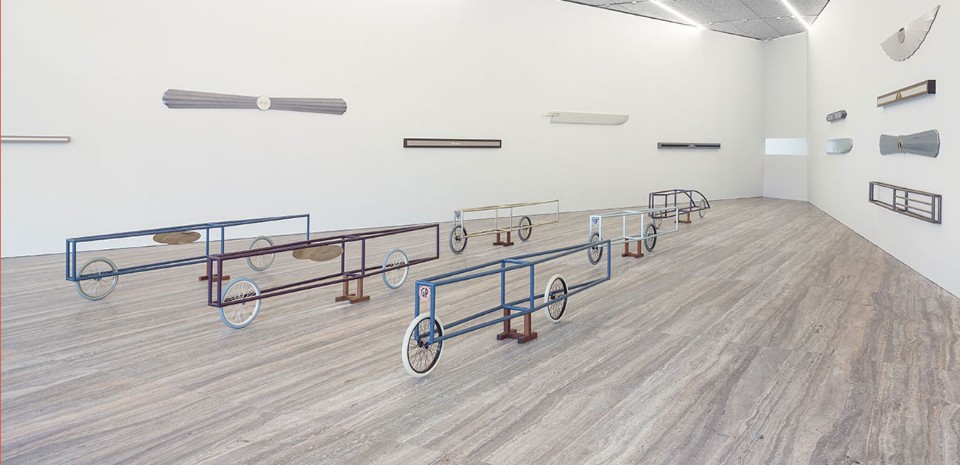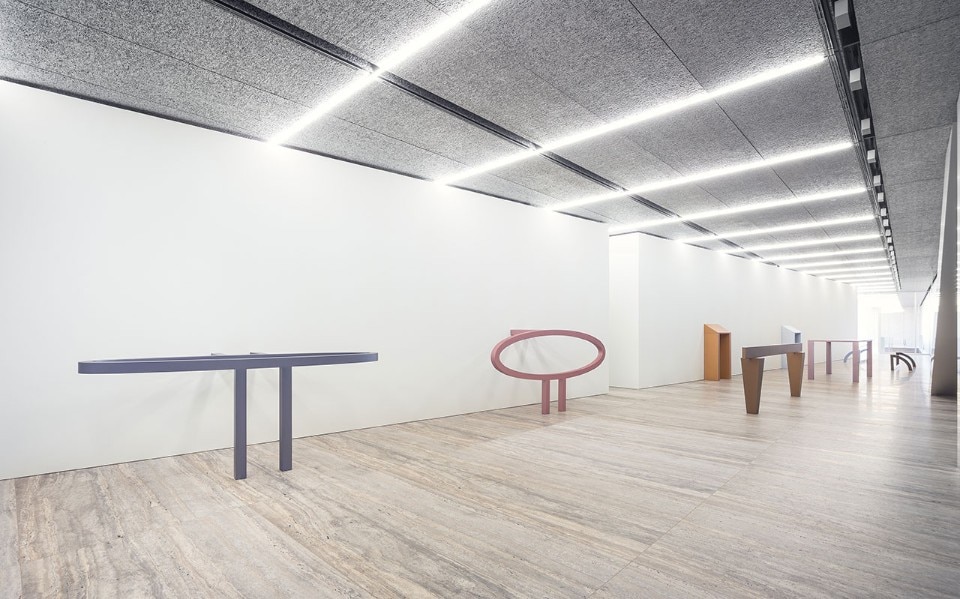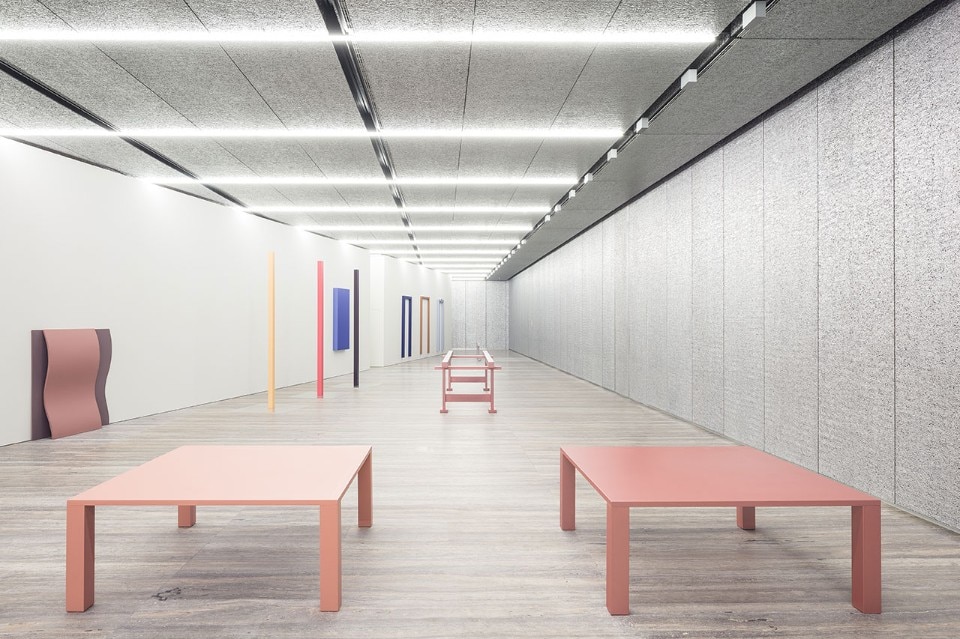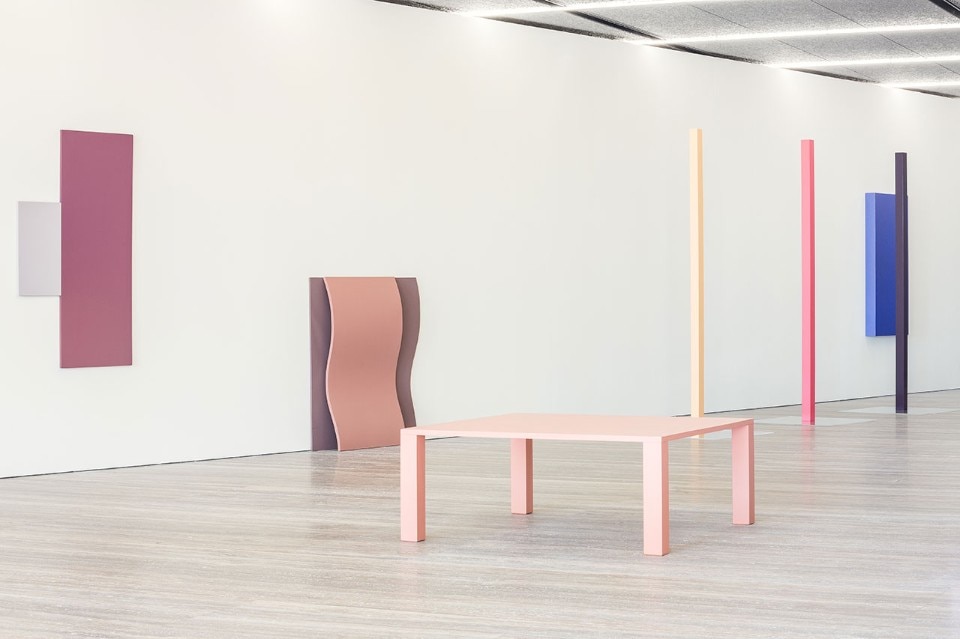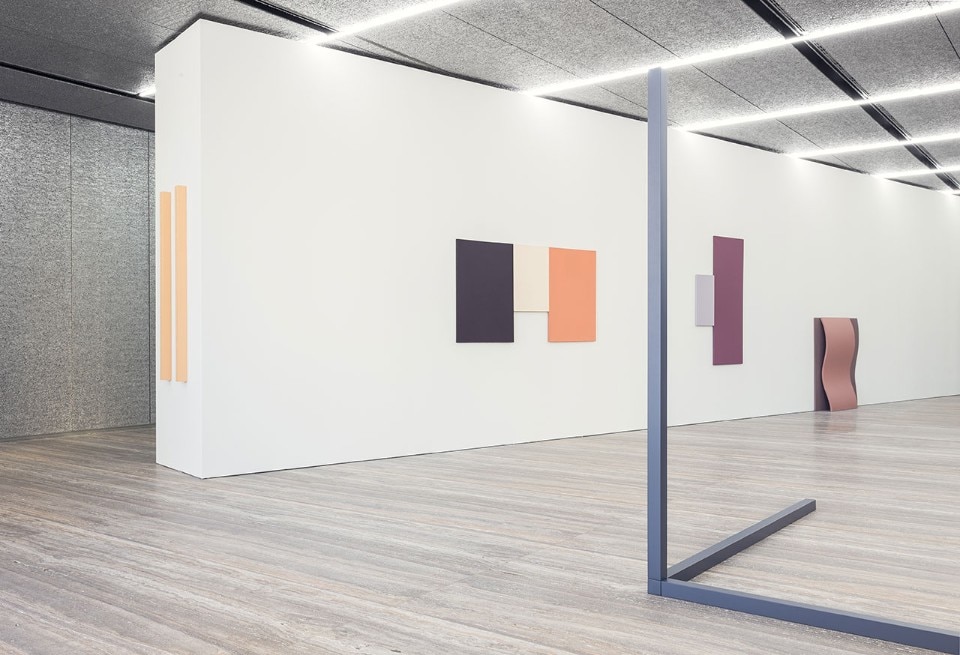

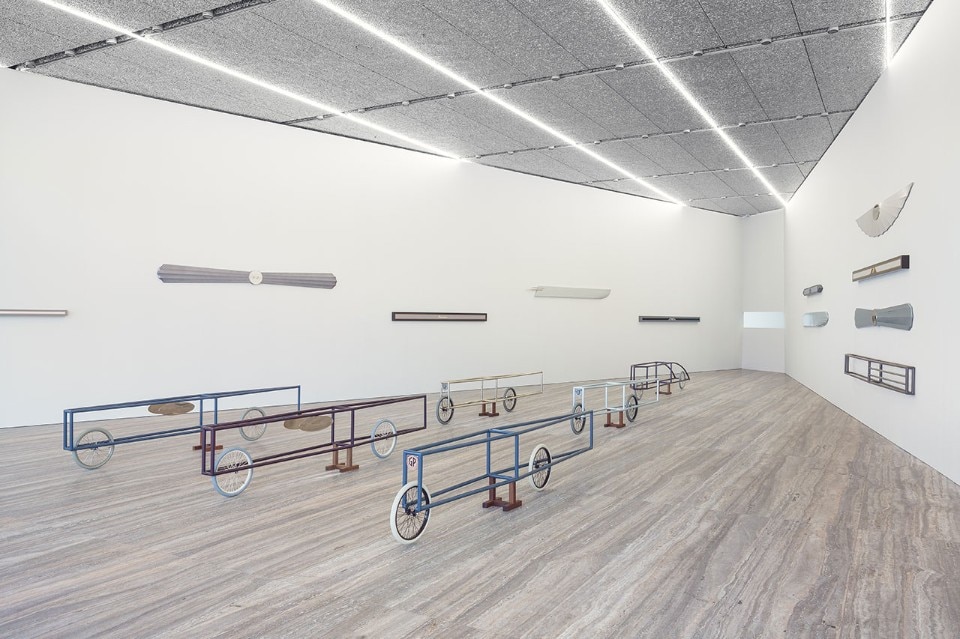
As Gianni Piacentino states: “At its core, my work always contains the importance of the technical and mathematical control of the result. I don’t allow myself to give way to repressed feelings and emotional drives”. His adherence to this is proven by his attraction for the construction discipline, which implies both elegance and perfection, as well as an inclination for complete control over the physical and chromatic features of materials. Throughout his career, the artist has led his own creative process following all the different phases implied in a given industrial production scheme, as happens in the realm of design. As Germano Celant states, his artistic and aesthetic adventure represents ”an absolute escape from the imperfection, instantaneity and randomness of making art, in order to access a universe of perfection, calculation and concentration that can compete with a motor or flight vehicle, on both a sublime and an absolute level”.
until 10 January 2016
Gianni Piacentino
Fondazione Prada
Largo Isarco 2, Milan


